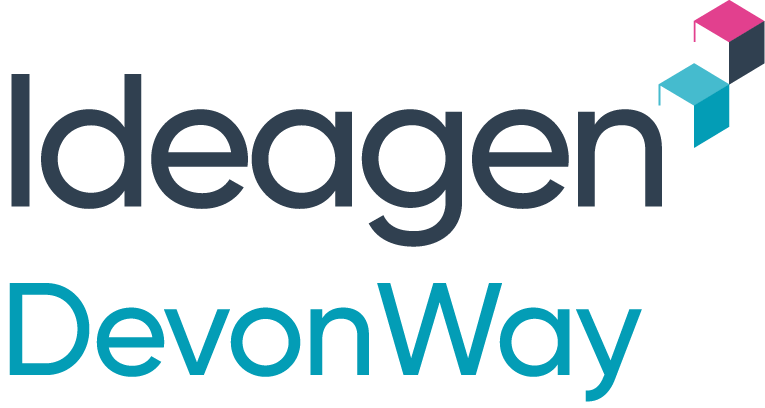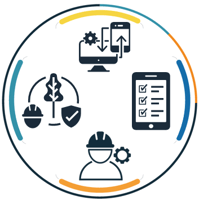When it comes to enterprise software, custom is a dirty word synonymous with expensive and doomed to fail. Whereas SaaS produces images of angels drifting through the clouds, effortlessly delivering functionality at a reasonable price, custom brings to mind the crashing alien ships in Independence Day. (I assume the metaphor still stands for Independence Day 2, but I haven’t seen it yet so please don’t ruin it for me.)
With so many public failures, it’s hard to blame the attitude on misperception. Everyone remembers the Air Force trying to create its own Oracle-based ERP a few years ago. After many years and one billion dollars, there was virtually nothing to show for it. The project was scrapped when the USAF learned it would take another billion dollars just to get them to one quarter the original scope. That example might be extreme, but it’s far from rare.
The truth is, we all have experience with creating custom functionality, and we know firsthand how hard it is. Take your typical spreadsheet. Add some formulas. Now add some tabs. Now add some formulas reaching across different tabs. Presto – you’re screwed. Good luck making a change in a week without breaking everything.
If it’s that hard to do custom software, then why do we keep doing it? Two simple reasons:
- Need.
- Want.
Sometimes you need it because it provides a mission-critical competitive advantage. Or you have a regulatory requirement that off-the-shelf software doesn’t meet.
Other times you want it because it’s easier to adapt it to how your employees work instead of the other way around. Or you just don’t want to bother with the complexity of evaluating all the available products out there, which you’d probably have to modify anyway, and a flash of irrational optimism convinces you that building your own can’t possibly be that hard.
The truth is both reasons are perfectly valid, and even though history’s littered with disasters related to building versus buying, that doesn’t mean we should give up. If you’re a guy shopping for a suit, you’ve got three basic choices: off the rack at Kohl’s, off the rack plus slight alterations at Men’s Wearhouse, or a fully tailored suit. For fit, form, and function, nothing beats the tailored suit. The problem is, it’s always been prohibitively expensive – but not anymore. Freer trade, higher quality supply chains, and technology have combined to offer a variety of custom fitted suits at a fraction of what they used to cost (Indochino, for example).
It’s the same with software. No longer do you have to choose between the $49.95 ERP at Kohl’s and the one-billion-dollar Oracle fiasco. Digital Business Platforms let you or trusted service providers quickly and inexpensively iterate solutions completely tailored to your company, then improve them over time without relicensing anything. Not only does that keep you from getting left behind as your market changes – it can even provide you with much-needed competitive advantages.
And in these times when the light at the end of the tunnel is so often a train, we can use all the help we can get.







